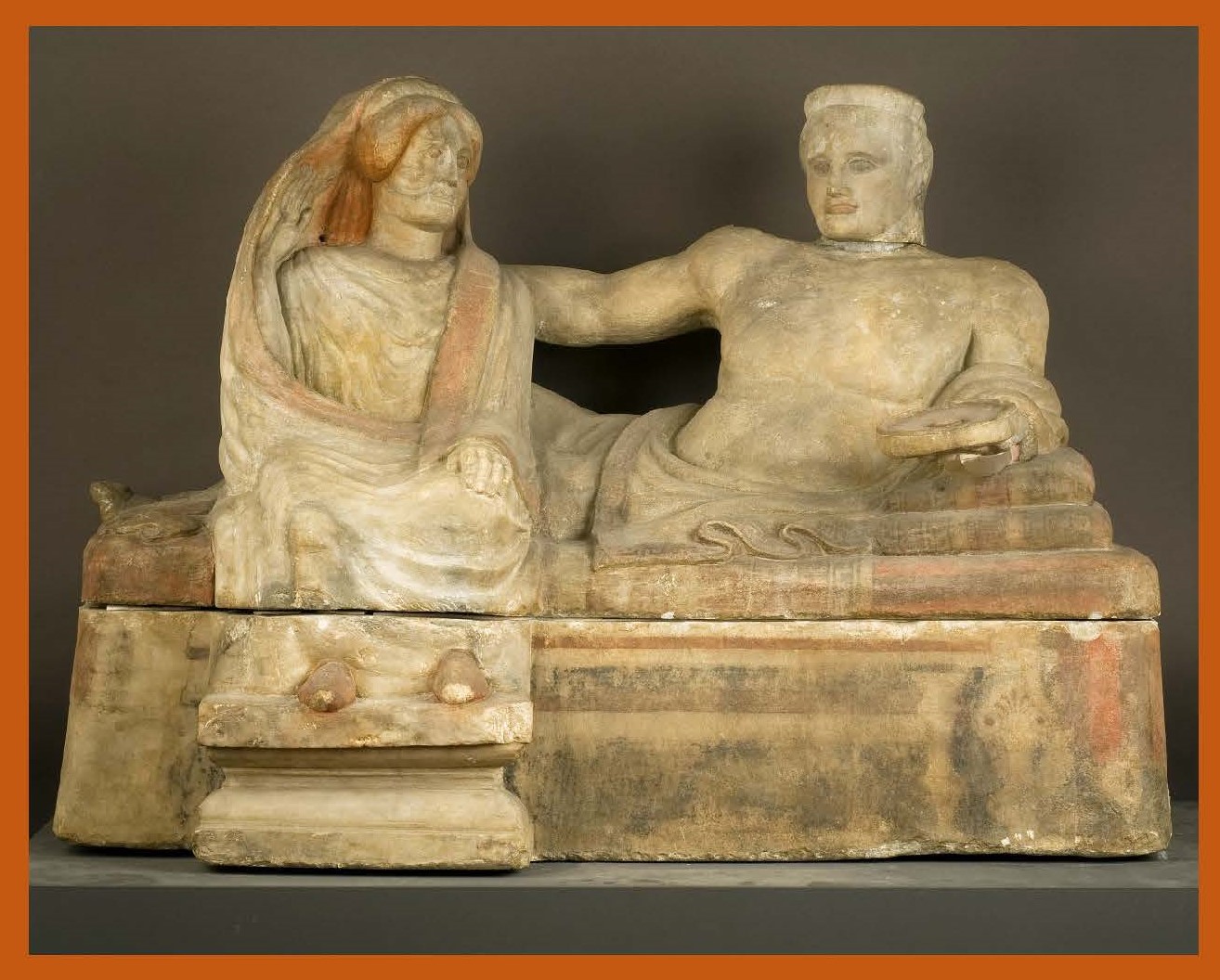Die Familie als soziale Ressource in Hirpinien (8.–2. Jh. v. Chr.)
DOI:
https://doi.org/10.25365/wbagon-2022-4-11Schlagworte:
Gender, Heiratspolitik, Transhumanz, Textilproduktion, SamnitenAbstract
The present contribution approaches the structures and social values of family and families in ancient Hirpinia, a region in Inland Campania. This topic has not been addressed in the studies of the region so far, because of the lacunary state of publications. An accurate review of past publications, of the recent surveys and emergency excavations offers a wider dataset, covering large parts of the first millennium BC, from the so called Iron Age Oliveto-Cairano facies to the late Hellenistic period. During the Hellenism the construction of the consular road via Appia across the region, the deduction of Roman coloniae (Beneventum and Abellinum) and of municipia (Compsa, Aeclanum, Frigentum), as well as the foundation of new settlements (fora gracchana) and farms significantly changed the asset of the region and consequently transformed social structures. This analysis presented takes into account the social use of space, symbols and assemblages within three different kinds of communicative contexts: cemeteries, sanctuaries and households. The analysis interlocks the data on the social value of the nuclear family and of families intended as clans or kinship groups, to reconstruct how the attribution of roles and functions to family members, as well as family strategies has made them fundamental resources for the construction and the definition of social identities in ancient Hirpinia. Additionally, the adopted heuristic frame considers family and families as social resources, and invites to question our view of ancient families. Some of the roles and functions, such as education and socialization of young people or transmission of knowledge, on which our modern definition of the family as a social unit is based, were possibly taken over by other social institutions and groups. The agency of these social groups in ‘family matters’ is challenging our modern interpretative frames of the social function of family and families. It is therefore necessary to put our interpretative categories under discussion in order to better understand the social dynamics in Hirpinian communities of the first millennium BC.
Downloads
Veröffentlicht
Lizenz
Copyright (c) 2022 author

Dieses Werk steht unter der Lizenz Creative Commons Namensnennung 4.0 International.

